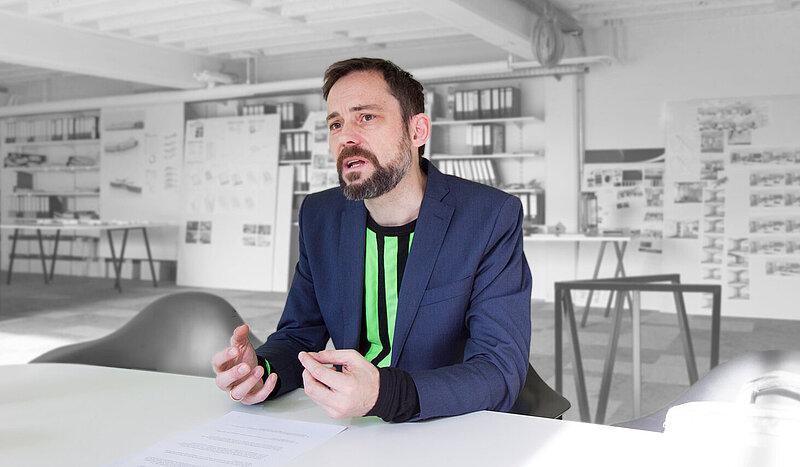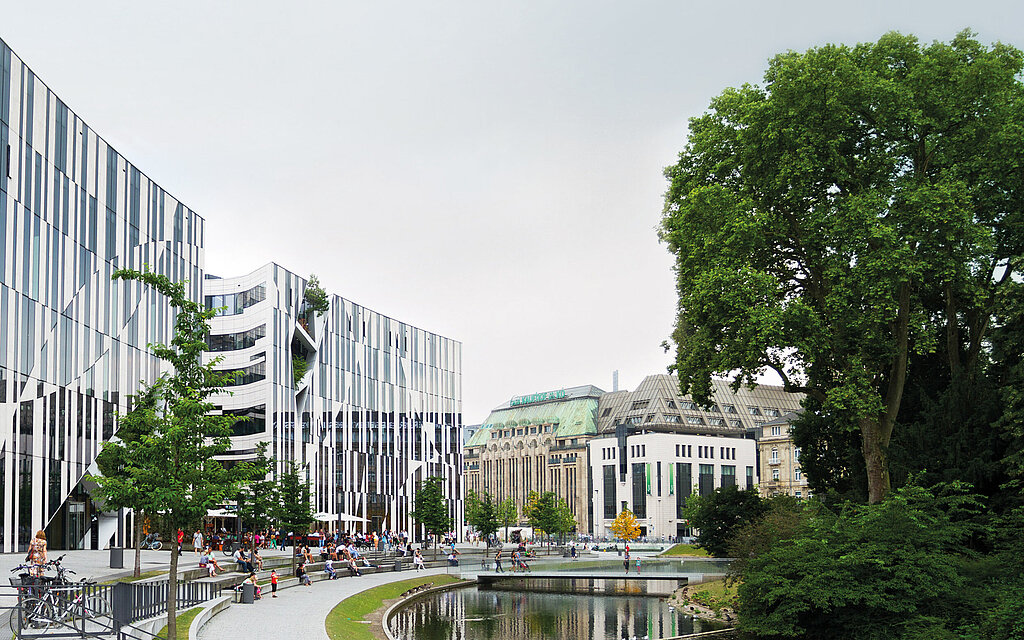
09.10.2017
Outdoor space in the Context of Architecture
In our series “People – Spaces – Emotions”, we delve into the many facets of public space.
Outdoor Space in the Context of Architecture
After interviews with the experts Professor Tobias Wallisser on the “Importance and use of exterior spaces” as well as Professor Hinnerk Wehberg and Wolfgang Betz on “Urban Public Spaces”, we are now addressing the topic of “Outdoor Space in the Context of Architecture”. For this purpose, we conducted an in-depth interview with Professor Eckhard Gerber.
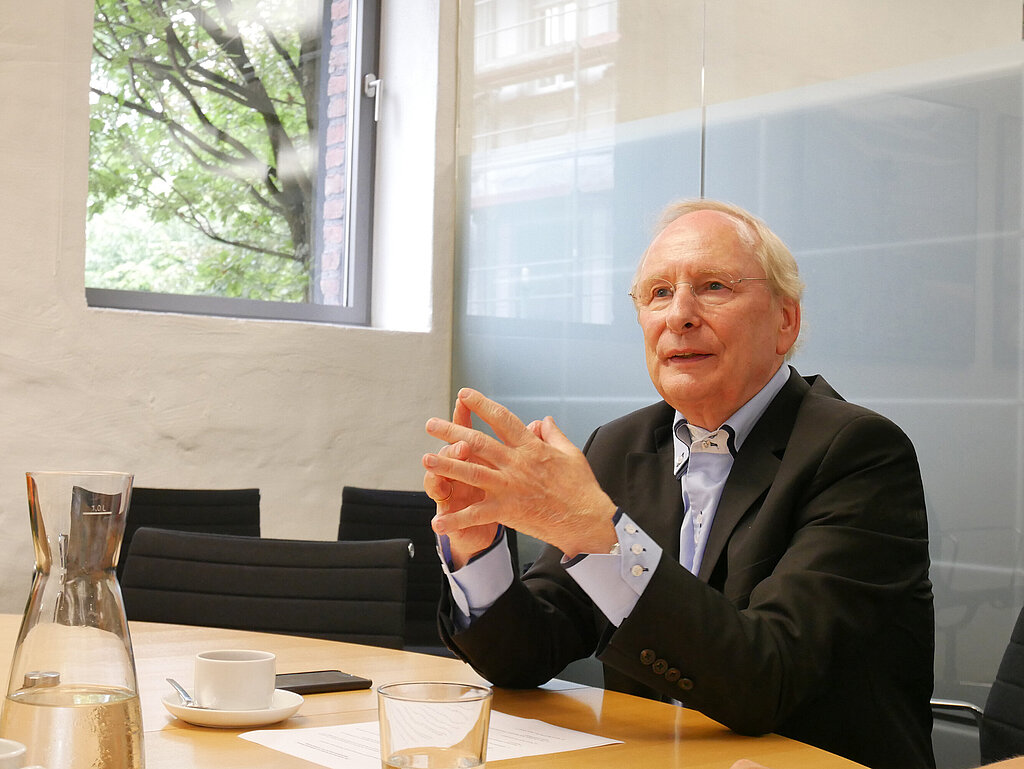
What role does outdoor space play in planning a building?
Gerber: Our goal has always been to view buildings and landscape as a unit. In this respect, the exterior space has a very high priority for us.
We are nearly the only office in Germany that also plans outdoor areas and outdoor installations in our own office.
What design approaches contribute to successful integration of architecture and landscape into a given urban situation?
Gerber: This is a very broad field. Certain design approaches can’t be formulated for outdoor installations, because there are not very many features to work with.
Those of importance are the topography, walls, stairs, high and low plantings such as trees and hedges, and green lawns or cobbled open spaces.
How are existing urban development structures integrated into design concepts for new buildings and related outdoor areas?
Gerber: Each structural task starts with an analysis of the site and its circumstances, the orientation, the topography, the issue of perspective, existing landscape elements and built spatial borders.
All these are fundamental factors for planning a new building and the associated outdoor areas.
In your opinion, is there an example that stands out, and what is special about it?
Gerber: As a matter of fact, I could provide the example of Parc de la Vilette in Paris, which opened in 1983. It was a large international competition, and this contest signalled the kick-off for a whole new design approach in landscape planning, namely the “rediscovery” of geometrical forms and elements that had been taboo for decades. This kind of design was a matter of course from the baroque to the classical period. Subsequently, principles of the English landscape garden became more and more established in open-space design.
An essential prerequisite for the design of an urban or built space is its drainage. In all earlier examples, the design of a square went hand-in-hand with drainage. For example, for the square of Siena or the Piazza del Campidoglio in Rome, the entire pictorial design of these squares resulted from the flow of water. This is a basic function for a square and even today is a very important aspect of square design.
Many construction projects aim for harmonious interaction between the interior and exterior. What kind of advantages result from this harmony?
Gerber: A harmonious outcome should always be the result of what we do, so that people can enjoy it. On the one hand, interplay between buildings and landscape and between interior and exterior is important due to the existing topography, which should be incorporated into the building as much as possible, and, on the other hand, is also essential for the orientation in a building. This is done entirely through the perspective to the outside so that, in this way, the most beautiful views possible are staged and presented.
What effect does an attractive fusion of indoor and outdoor spaces have?
Gerber: I would like to answer this by describing a project that has always fascinated me: the Spa House (Kurhaus) in Badenweiler (GER), which dates back to the 60s and 70s of the 20th century. Badenweiler is an old spa town with a castle ruin on a hill. The Spa House is located just below the castle at the foot of the hill in a park.
Due to the topography, it is possible to enter the building on different levels. In the centre of the Spa House is a glass hall which connects all the floors and is flooded with light. Entering the building on the lowest level, you can look up through the glass roof of the hall to the castle ruins on the hill. A massive natural stone staircase connects all the floors, giving the impression of the castle flowing over this staircase into the building.
This is a very unusual example of successful combination of the inside and outside that often influences me personally in my work. Through the aesthetic interlacing of interior and exterior spaces, spaces are created that affect people emotionally and make spaces tangible.
Does it also work to deliberately create contrasts?
Gerber: This is the basic principle of art and architecture. Beautiful pictures stand out by establishing a contrast and then bringing this contrast into harmony again.
We work with contrasts, that is, with opposites that together create harmony.
This is art.
If you plan a building with associated external space, how do you approach it as a project?
Gerber: We have such a great profession. We start each task playfully, after prior analysis, of course. We build models and experiment with blocks and volumes to find out which cubature best fits together or contrasts with other existing factors such as buildings, existing plantings and topography.
At the same time, we are concerned with the task and the program requirements: what is required, what are the conditions, what do we have to look out for with regard to development, cardinal points, perspectives and much more. What kind of space is there, which space should be open, what part of it should be outside space and what should be interior space? How are these spaces linked together functionally? And to what extent can the topography and the surrounding area be included in the building?
By taking stock of all these things, conceptions are developed piece by piece, allowing highly complex tasks to eventually become logical and harmonious. Then we are able to further develop a coherent concept.
Does the history of the place play a role in your projects?
Gerber: Yes, of course. If we are building in a historical setting, we conduct ourselves quite differently than if we are working “on a blank canvas”, so to speak.
When building on an existing site, one thing is fundamental: change as little as possible in the basic concept and basic disposition of a building – a very simple principle. This point is easily conveyed to the developers, because only respectful handling of the original building structure makes it possible to develop authentic new solutions.
Are there “fixed parameters” that you need to adhere to or that can be found in all your work?
Gerber: I start with four principles of form: the closed cube, the framework (supports, beams), the hovering roof and freely facing walls. These principles can be connected to one another as desired: for example, the hovering roof over walls facing each other like in the Barcelona Pavilion by Ludwig Mies van der Rohe (World Exposition 1929).
In addition, there are the three basic geometric shapes – square, triangle, circle. You can derive the free curved form from the circle and the free bent form from the triangle, which means there are five forms to choose from – three geometrical and two free ones.
The declination of the four design principles with the five forms provides an infinite variety of design possibilities, which we can also find very nicely in the entire work of Mies van der Rohe.
That is actually the entire foundation of architecture. Every architectural work and virtually all of modern architecture is based on these design principles.
With the above-described method of designing buildings and space, orderly insight into the structure of the multilingual architecture of modernity is achieved. The project of Gerber Architecten in Ascona (CH), for example, is based on the principle of mullion supports and beams.
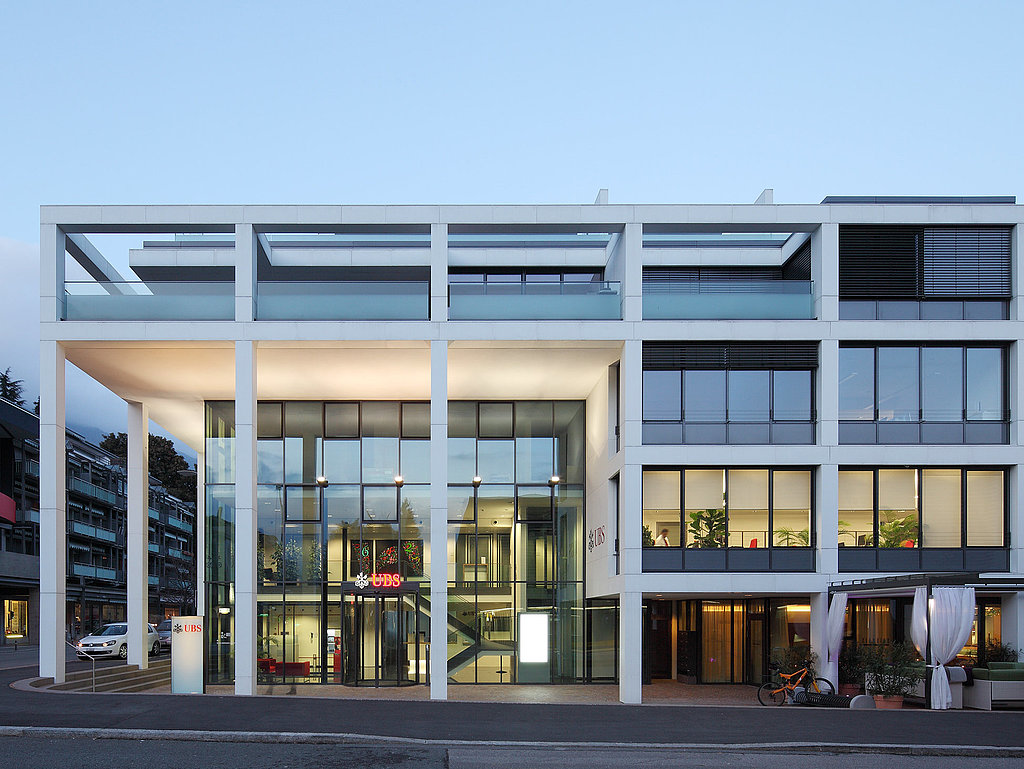
More than ever, new buildings for company locations, university buildings or local governments are an expression of a mission statement and a corporate identity. How does this influence your work and design?
Gerber: If we are planning a building for a company, we want to know what philosophy underpins the company. We have to determine how to present the structure of the building – understated or imposing? In doing so, many facets and subtle nuances must be taken into account in order to filter out how strongly pronounced a building should be – for example, prestigious, purely functional or rather understated.
To find out what is important to clients and how they feel means engaging with people and the company philosophy. In our diverse and multilingual world, we as architects should be able to find the design language that aligns with the client.
We just won a competition for a major project: Allianz Insurance in Stuttgart. The company is planning its headquarters there for 4500 employees with the concept “New Working Worlds”. In the decision for the competition, the company philosophy played an important role in assessing the individual submissions.
We won them over with our design. It represents what the company wants to be in the future: open to the outside as a part of the public, and with open, free and flexible working worlds for the employees on the inside.
A great quality of the design is the spatial experience within the “New Working Worlds”, which is characterised by a wide range of perspectives in the inner courtyardsgenerously landscaped in green as well as in the surrounding landscape and throughout the entire complex.
What role do materials play for you in regard to the building and outside space?
Gerber: We completed a beautiful project in the 1970s and 1980s, the Civic Centre (Stadthalle) in Hagen (GER). It stands at the edge of an old stone quarry, a broken-out oval, in a unique landscape with standing rock walls and many isolated boulders.
The civic centre completes this form of the quarry. Through our design, we succeeded in letting this special stone and rock landscape flow into the foyer of the hall, making it and the outside space of the quarry practically one unit. We even placed rock boulders in the foyer and incorporated the bedrock in the structure of the building.
This resulted in an interplay between the built structure and the natural rock landscape.
In addition, we designed the building itself entirely out of glass, which in turn contrasts as a fragile material with the crag and stones from the immediate surroundings.
According to the commission, the Civic Centre was to be placed into the oval of the quarry, with rocks some 50 to 60 meters high in some cases. I did not do that. Rather, I deliberately placed the Civic Centre in front on the edge so that it also has a visual relationship to the city.
The oval itself was preserved as a scenic open space and recreational area.
What role does the value of the materials play?
Gerber: Each material has its own features and leaves an impression or feeling. Glass, for example, is fragile and transparent; stone is hard and solid.
Constructing a building from only one material can also have a special charm. One of our first school buildings was built completely with exposed concrete, both inside and out. In doing this, we placed great importance on having all doors and cabinets as coloured wood elements to contrast with the concrete walls. Through this interaction, a friendly and stimulating atmosphere emerges in the school building in terms of both look and feel.
Wood always has a special value, especially for the interior. I am also referring to natural wood flooring, wood ceilings and wood walls. Every natural material, including natural stone, has high perceived value.
When you take a material like concrete, concrete blocks or terrazzo flooring, that is a perceived value that is altogether different. It is not correct to say that one material is more valuable than the other – it has to be matched to the use and the context.
In this sense, you have to re-adjust the material selection from project to project. This is also a question of the philosophy of the company and the developer.
Light is gaining in importance as a design element. How important is light in terms of design and atmosphere in your projects?
Gerber: Light, whether daylight or artificial light, is always a very important part of our work. Daylight is a significant factor in determining the alignment of the buildings and spaces. When daylight is no longer sufficient, it must be supplemented or replaced as optimally as possible by artificial light. With the use of artificial light, buildings and space can be staged in a precisely atmospheric manner.
The change between day and night is often a wonderful experience. If, for example, I see an old house in the sunlight during the day and then again in the evening, when it is illuminated, it is a completely different experience.
The use of light is a very exciting subject; you have to work at it in order to achieve optimal results. Precise planning is required to illuminate a building successfully both internally and externally. This is not only true about the building itself, but also about trees and plants, which can also be accentuated. A great deal can be achieved here too with appropriate lighting.
How important are luminaires that can do more than provide light?
Gerber: Luminaires with additional functions such as built-in loudspeakers, cameras and WLAN are gaining in importance, especially
against the backdrop of the “Smart City”.These aspects have intensified to a great extent in recent years.
Luminaires whose design makes it possible to accommodate such additional functions in a way that makes sense are particularly
appealing.
What is the importance of illuminating buildings or specially designed exterior spaces?
Gerber: When I go to my home in Eisenach in Thuringia and see the illuminated hilltop castle Wartburg in the evening, it is simply wonderful! I cannot imagine not illuminating architectural structures like that today.
When we designed the TV and radio building for public broadcaster MDR in Magdeburg, we ensured that the entire broadcasting station had open views through a large glass hall facing the Magdeburg Cathedral – one of the most important Gothic edifices in Europe.
The cathedral also had to be illuminated, of course. It is the real visual relationship from this broadcasting studio, which was
important to me. When a talk show takes place in the building, the cathedral can be seen in the background.
As an architect, I can create such a visual relationship and when the cathedral can be seen for an hour in the background of a talk show, then emotions are evoked in the viewers, leaving a lasting impression.
Gerber Architekten
Our goal as a team of architects, urban planners, landscape designers, engineers and interior designers is to create places that affect people and awaken their desires, places people like to visit and linger in, spaces that are tangible and accessible as a matter of course. These should be structures that improve the urban and landscaped environment with their beauty and simplicity and contain exciting spatial arrangements which are clear and natural with regard to the orientation from outside in and inside out.
With 50 years of experience, we can offer a wealth of expertise and competence. We currently employ a staff of 170 organized in project teams consisting of architects, engineers, interior designers, and landscape designers in our offices in Dortmund, Hamburg, Berlin, Riyadh and Shanghai.
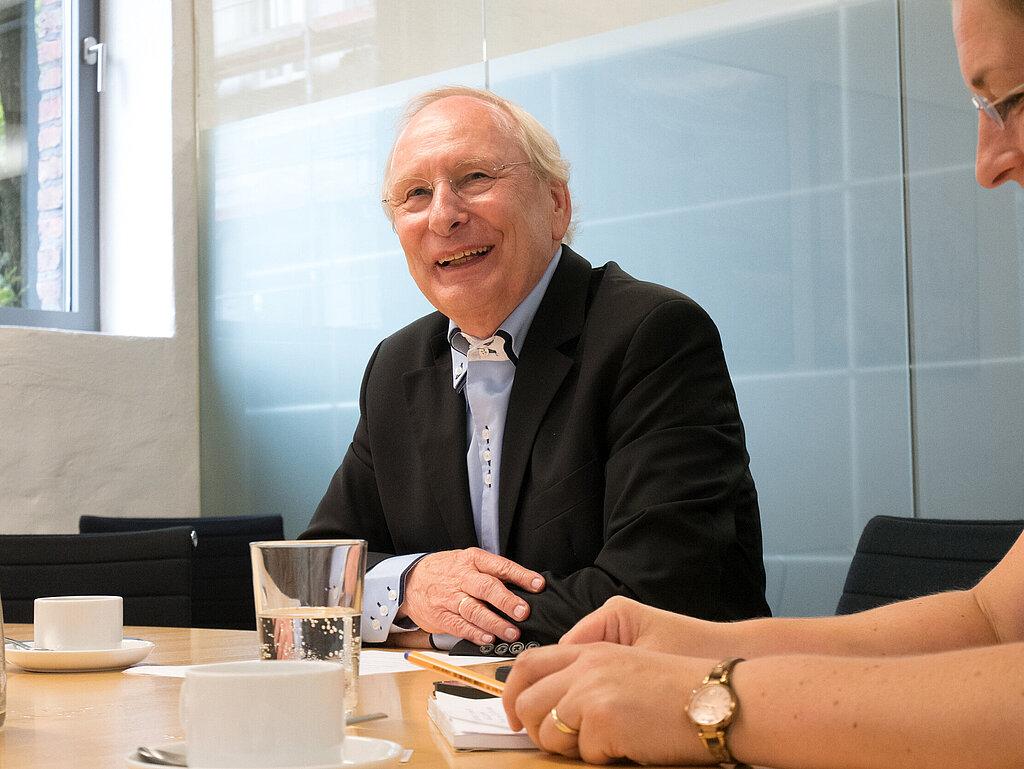
About
Prof. Dipl.-Ing. Eckhard Gerber
1938 Born in Oberhain, Thuringia
1959 - 1966 Study of architecture at the Technical University Braunschweig, Scholar of the Promotional Association of the company of Reemtsma, Hamburg
1966 Founding of the office “Werkgemeinschaft 66”
1973 - 1975 Graduate Teaching Assistant University of Dortmund Chair Prof. Deilmann
1975 Advancement Award for Young Artists of the State of North-Rhine Westphalia for 1974 in the Field of Urban Development and Architecture
since 1979 Gerber Architekten in Dortmund-Kley, successful participation in competitions in Germany and abroad, numerous architectural prizes for implemented buildings
1981 - 1992 Professor at the University of Essen – GHS – in the disciplines of fundamentals of design and applied design theory for architecture and landscape management
1990 - 2004 Professor at the University of Wuppertal in the disciplines of fundamentals of design and drafting for architecture
1992 - 2010 Chairman of the Dortmund Art Association (Dortmunder Kunstverein)
1995 - 1999 Dean of the University of Wuppertal, Department of Architecture
2004 - 2012 Professor in the disciplines of fundamentals of design and drafting in the master programme REM & CPM at the University of Wuppertal
since 2008 Gerber Architekten Hamburg, from 2012 with landscape planning
2011 Advisory Board of the City of Bielefeld
since 2012 Gerber Architekten international GmbH in Berlin
since 2013 Gerber Architekten international Asia GmbH in Dortmund
Member of BDA [Association of German Architects], DWB [German Association of Craftsmen], regular service as
jury chair at national and international competitions, spokesman at national and international conferences.

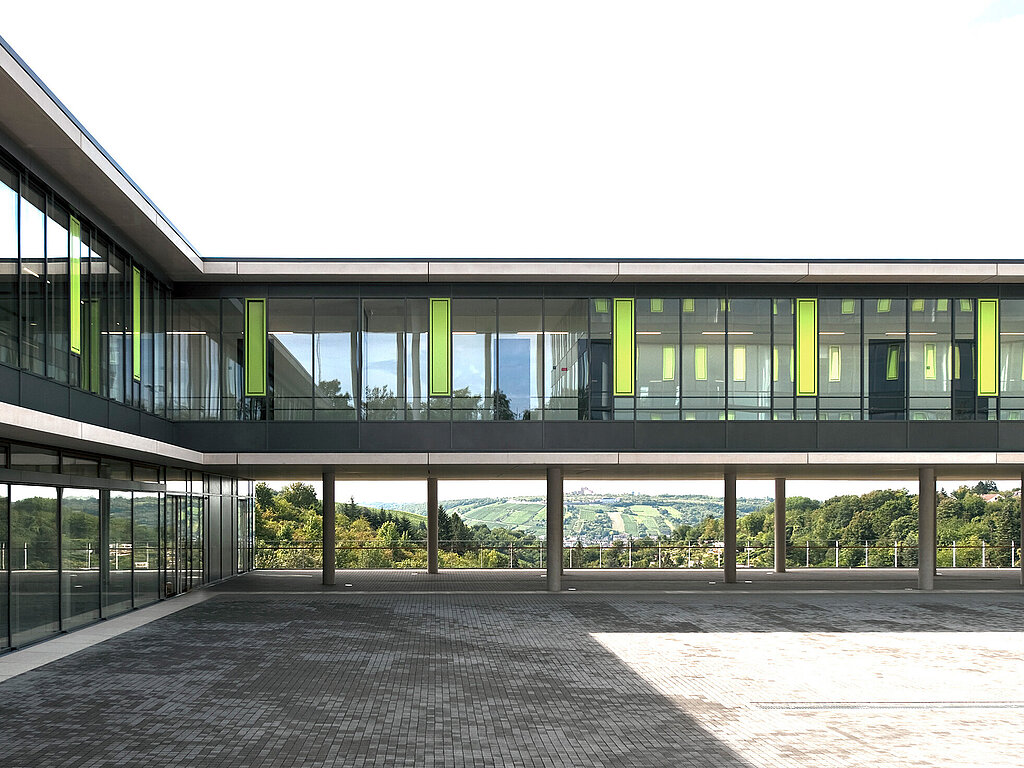
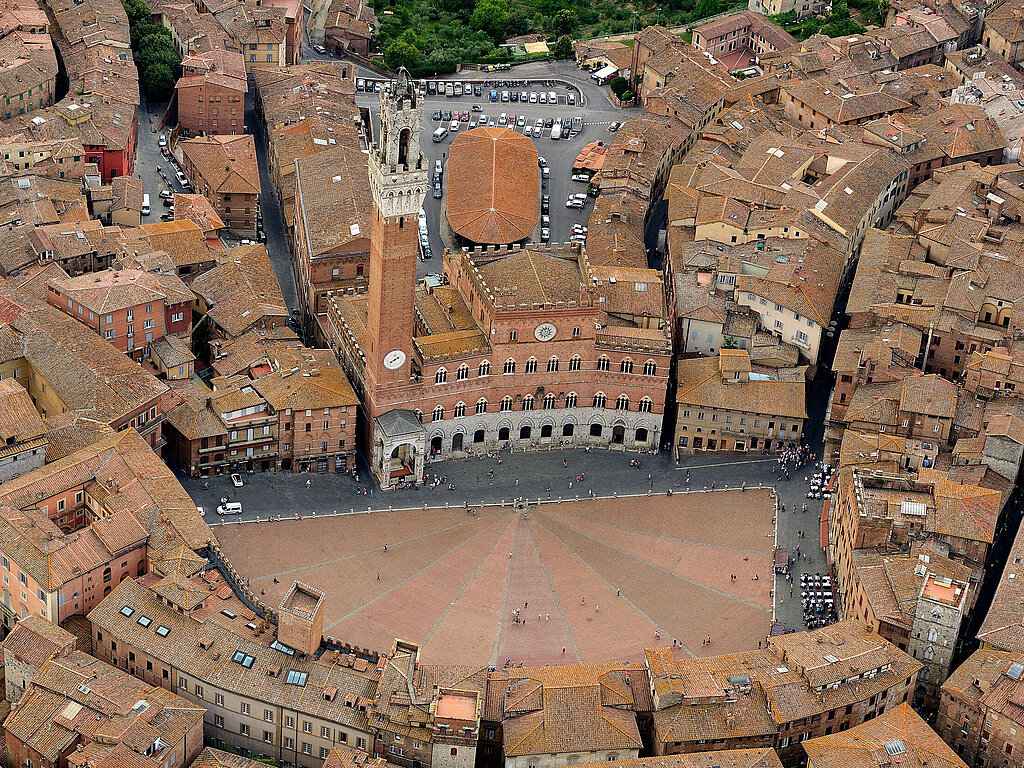
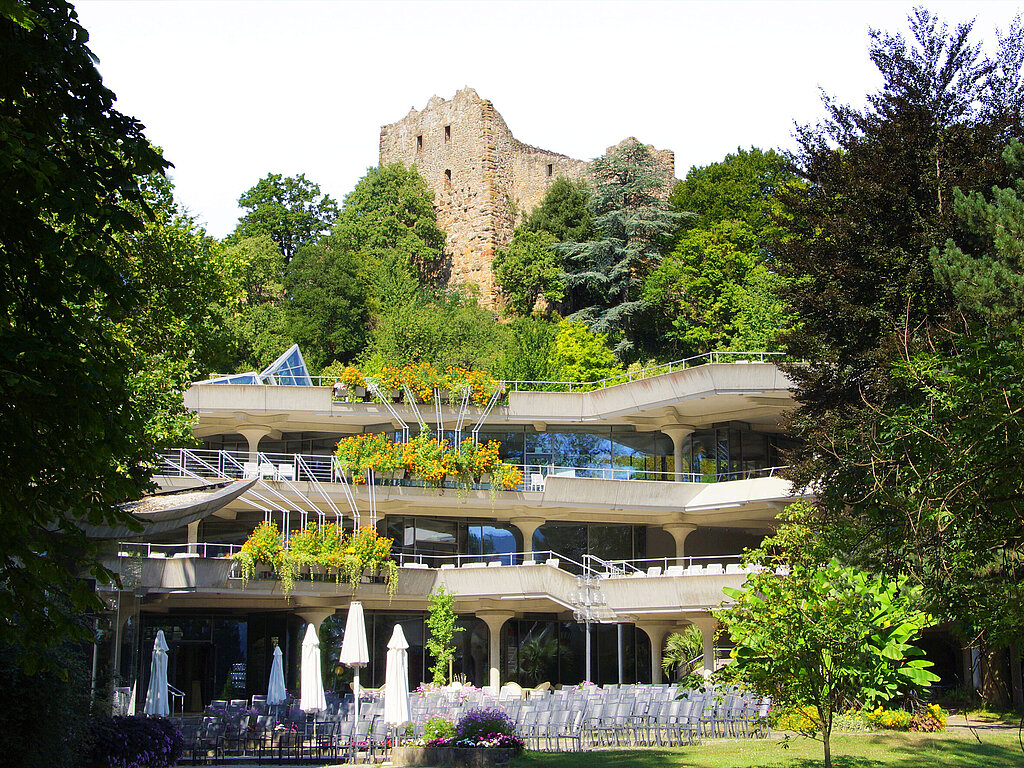
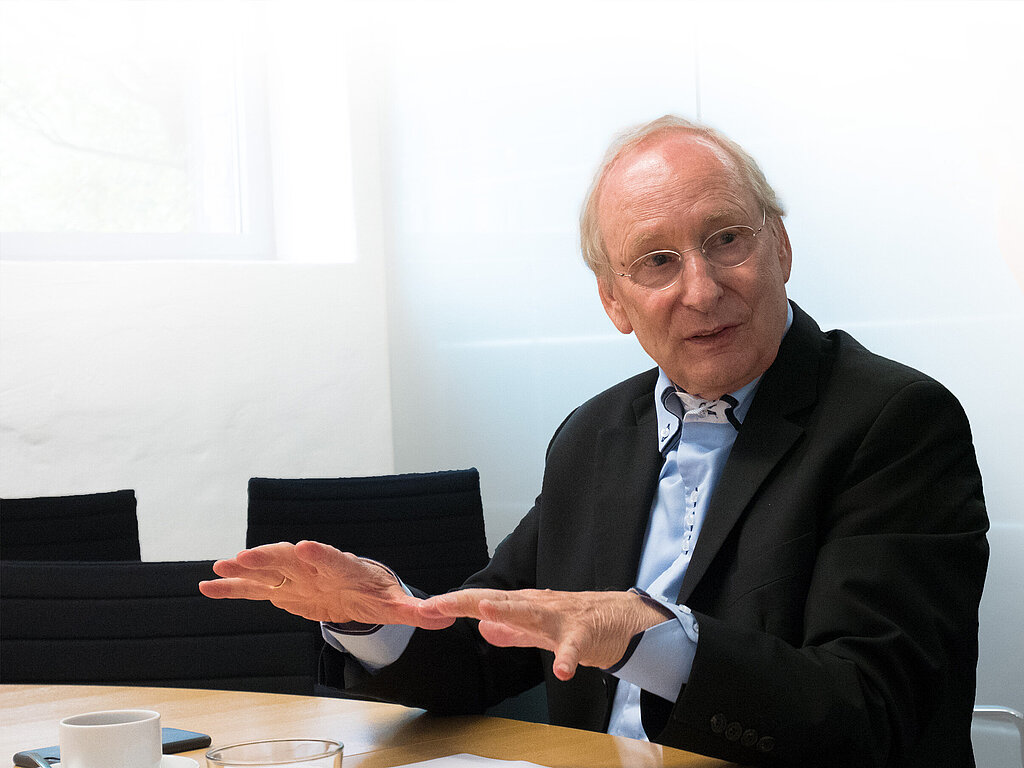
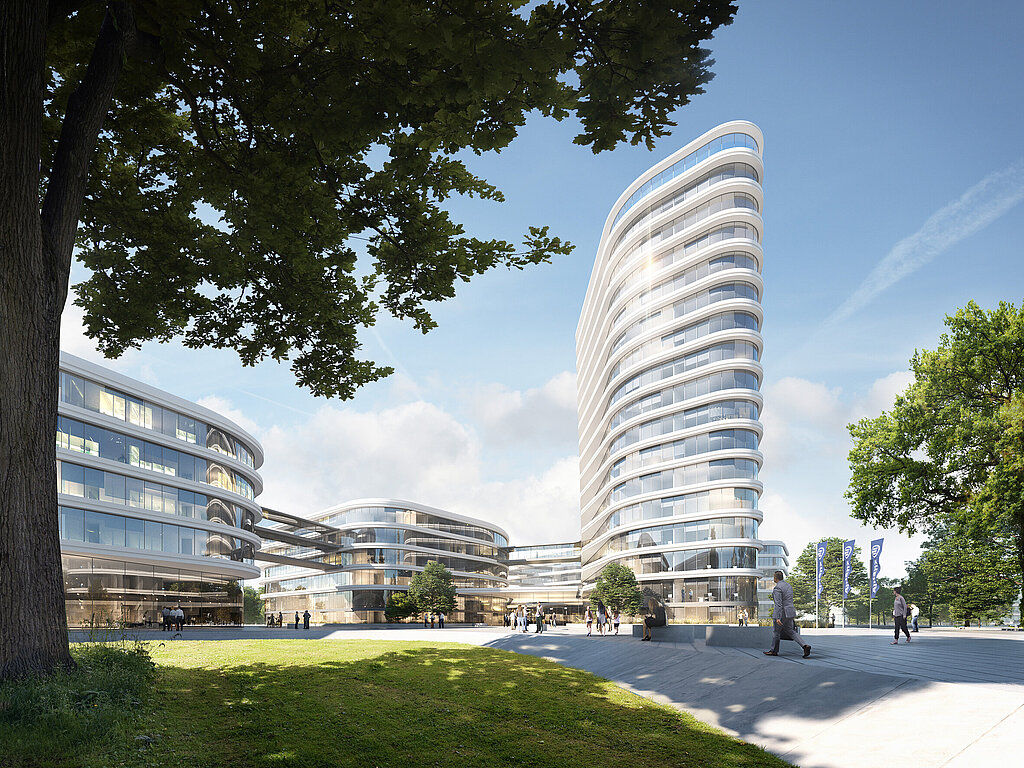
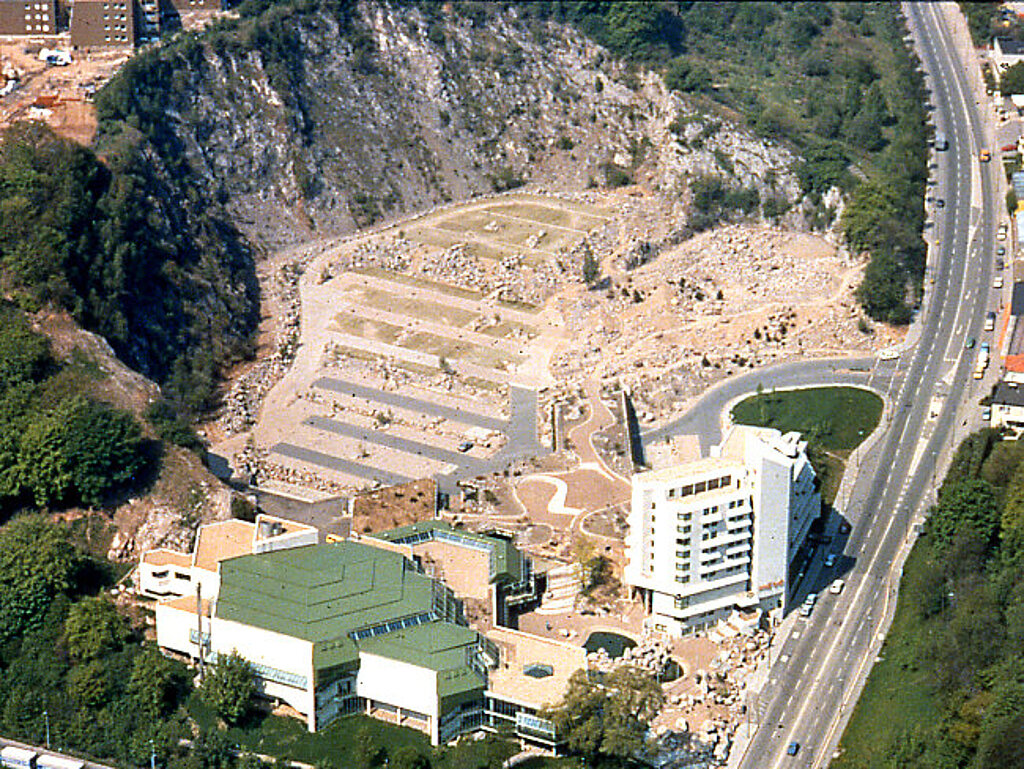
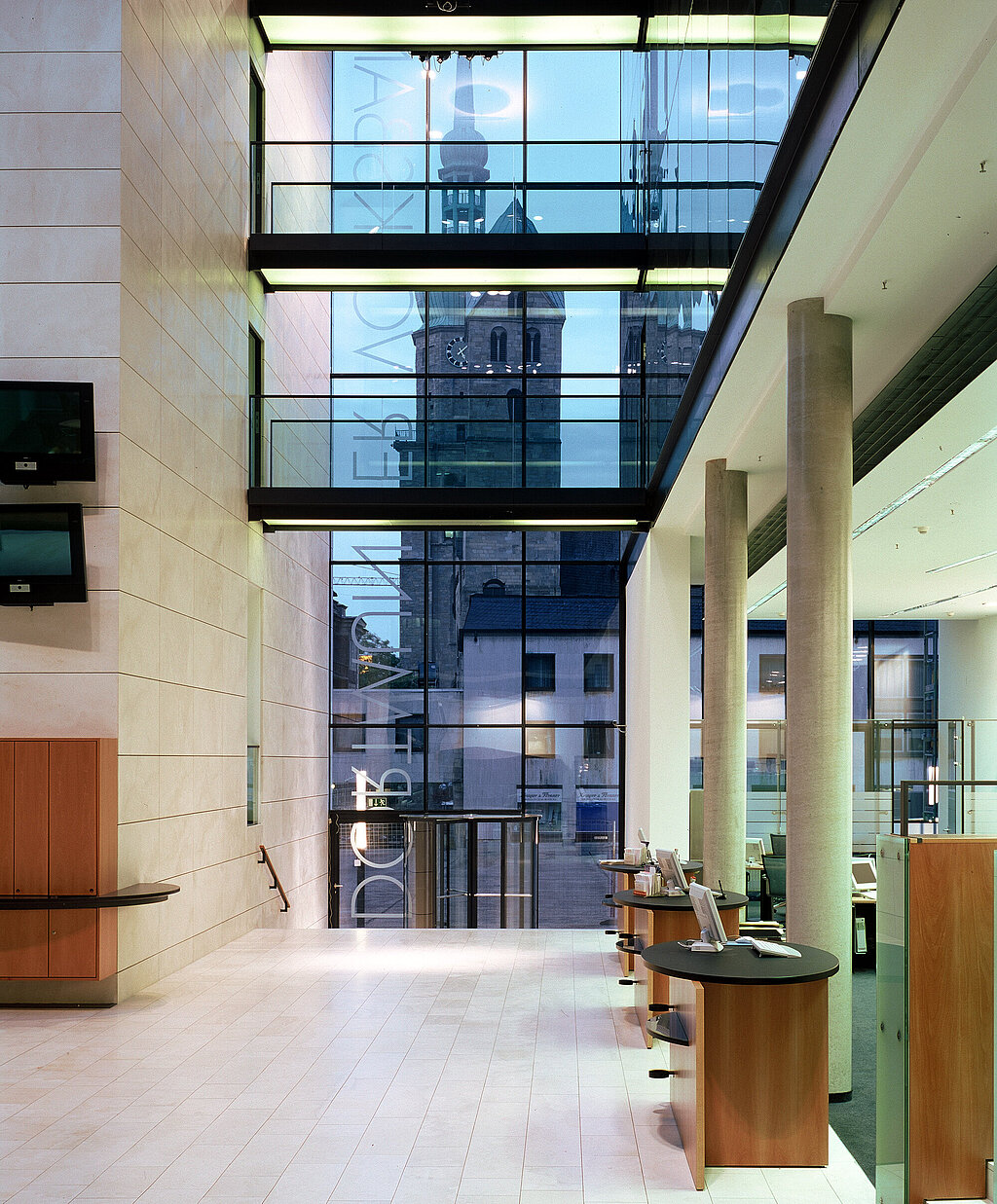
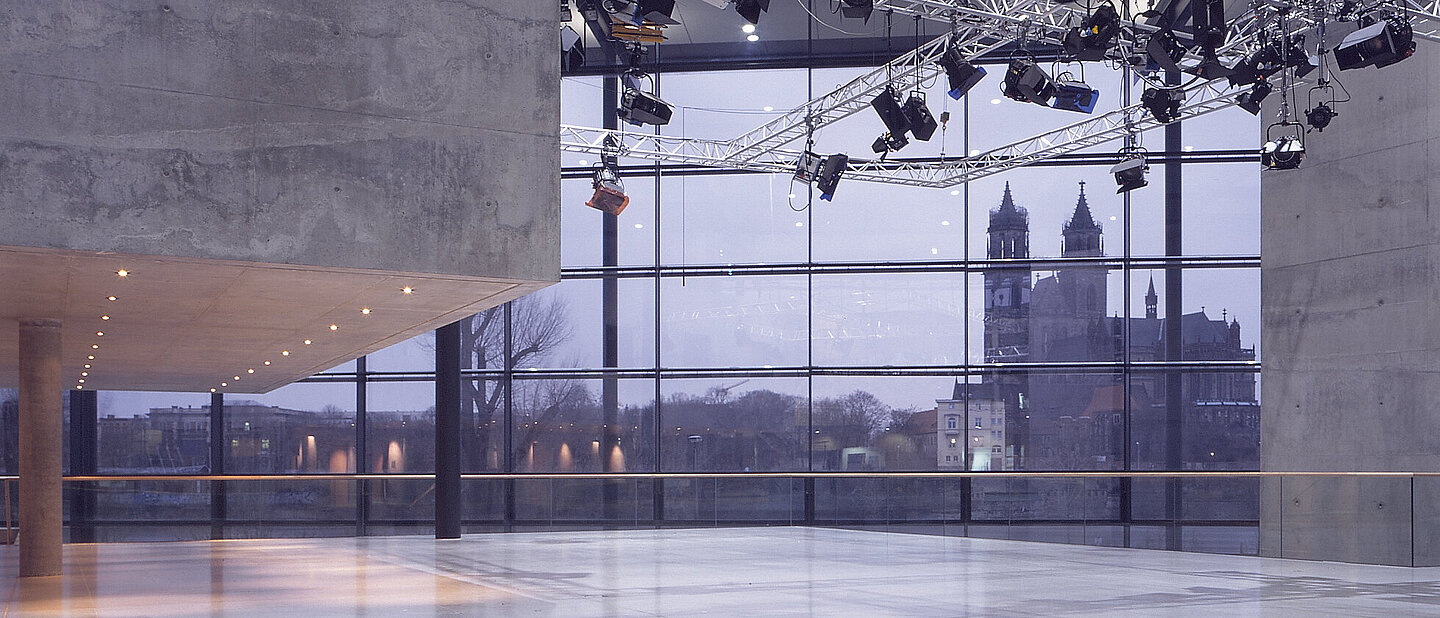
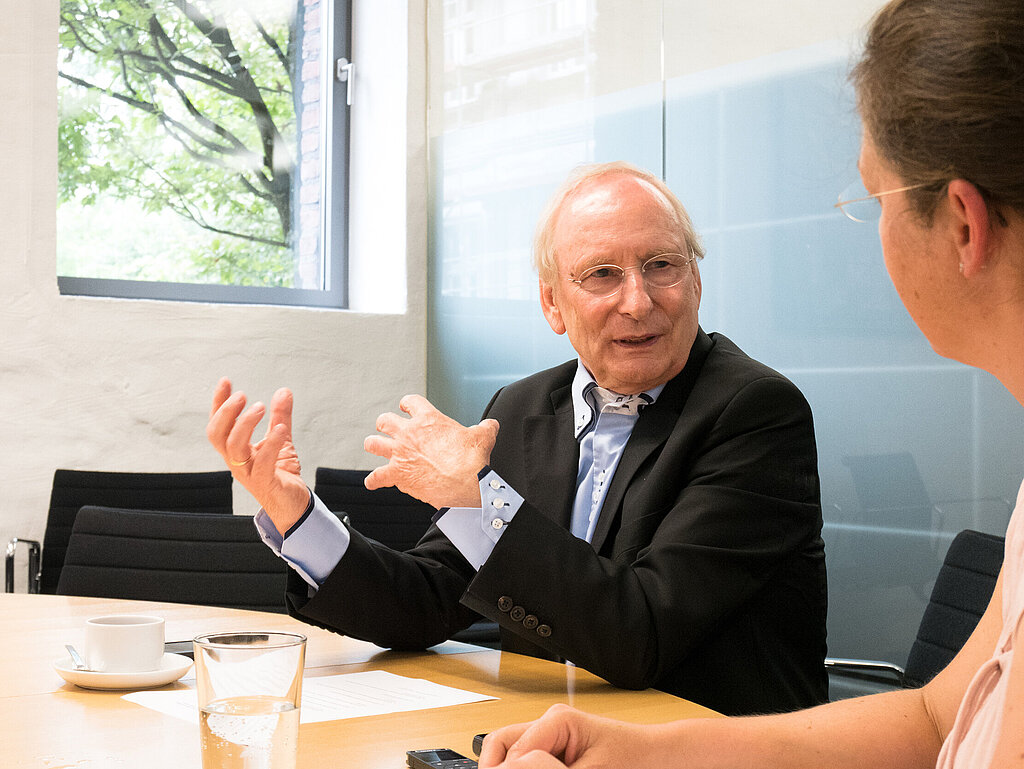
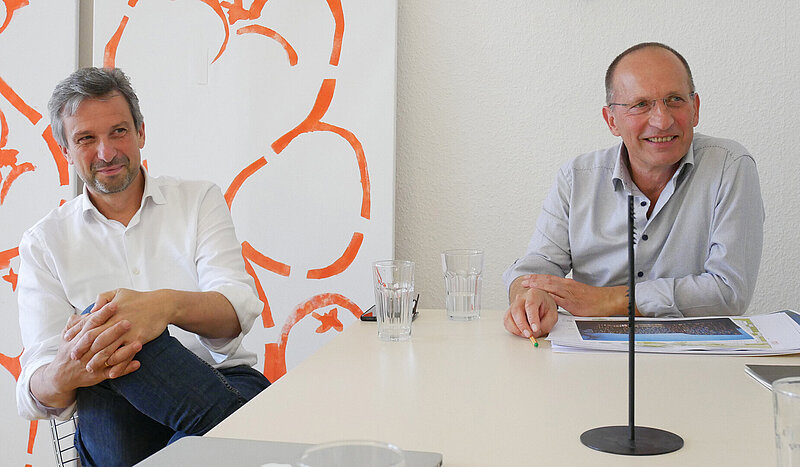
![[Translate to English:] [Translate to English:]](/fileadmin/_processed_/9/1/csm_Michael_Frey_0185d0a74f.jpg)
![[Translate to English:] [Translate to English:]](/fileadmin/_processed_/7/f/csm_2017_2_2_ed87206f31.jpg)
